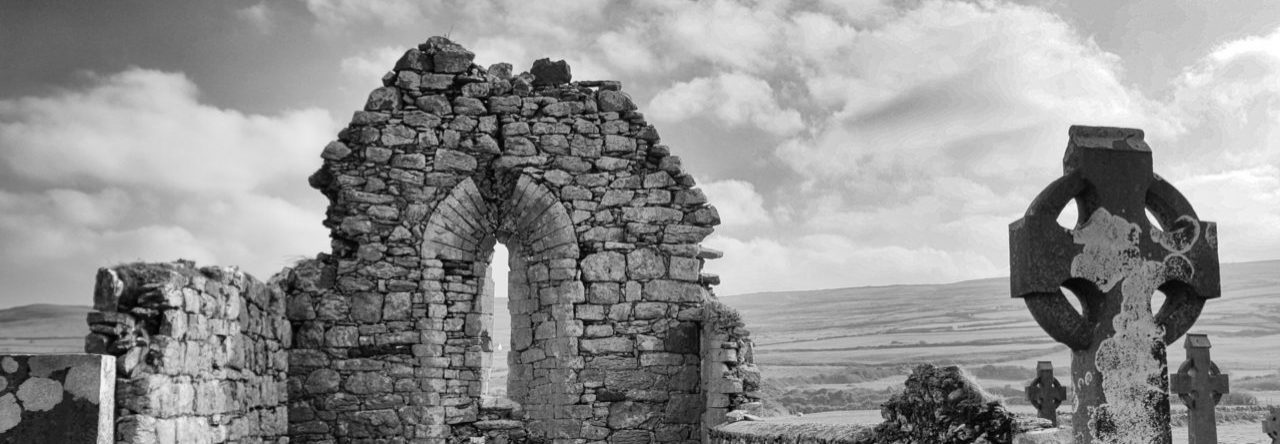William Hope Hodgson lived an adventurous life. He was a sailor, a noted athlete, a soldier, and, of course, a celebrated writer of weird fiction.
As a boy, Hodgson ran away from home several times and headed for the sea. Each time he was caught. However, he eventually secured an apprenticeship aboard an ocean going ship and began a long career in the merchant marine. As a sailor, he developed tremendous physical strength and eventually, after many challenges and hardships, won honors and promotions. The dangers of life on the water (Hope, as his family called him, once rescued a fellow sailor who had fallen into shark-filled waters) and its strangeness furnished him with the raw material for weird and terrifying sea-going tales.
Once his feet were again firmly planted on dry land, Hodgson’s imaginative nature propelled him into a career writing fantastic fiction. His most famous works eerily blend elements of mystery, science fiction, adventure, the supernatural and, very often, the sea. H. P. Lovecraft admiringly wrote, “Few can equal him in adumbrating the nearness of nameless forces and monstrous besieging entities through casual hints and insignificant details . . . .” His most enduring novels are The Night Land, The Ghost Pirates, and The House on the Borderland.
Lovecraft thought The Night Land was “one of the most potent pieces of macabre imagination ever written.” With regard to The Ghost Pirates, he wrote, “With its command of maritime knowledge, and its clever selection of hints and incidents suggestive of latent horrors in nature, this book at times reaches enviable peaks of power.” And he did not hide his enthusiasm for The House on the Borderland: “everywhere there is manifest the author’s power to suggest vague, ambushed horrors in natural scenery.”
Hodgson also wrote numerous short stories including the often-anthologized “The Voice in the Night.” It was through this medium that he introduced his readers to his most beloved character: Thomas Carnacki, a sort of supernatural sleuth. Lovecraft described Carnacki, slightly dismissively, as “the progeny of M. Dupin and Sherlock Holmes, and the close kin of Algernon Blackwood’s John Silence.” Nevertheless, Carnacki was enormously popular among Hodgson’s readers and even Lovecraft acknowledged that the Carnacki stories “afford[ed] glimpses of the peculiar genius characteristic of the author.” David Barnett, writing for the Guardian, has provided an excellent introduction to Carnacki.
In The Whistling Room, perhaps the most popular of these stories, a young American invites Carnacki to Ireland to investigate a mysterious and unnerving noise that frequently emanates from a room of his newly acquired castle. The American, who’s eager to impress his beautiful Irish bride-to-be, suspects local hooligans may be behind the disturbances, but he can’t help sensing “there is something beastly and dangerous about this thing.” Carnacki’s investigation reveals the horrible truth.
William Hope Hodgson’s writing career was interrupted by World War I. He had hoped to write a book about his experiences. Sadly, his life was cut short by a German artillery barrage. Not long ago, the arts and culture blog indulwich.co.uk published an entertaining and concise summary of Hodgson’s life. And, as you might expect (or at least hope) there’s at least one interesting blog dedicated to the author.
